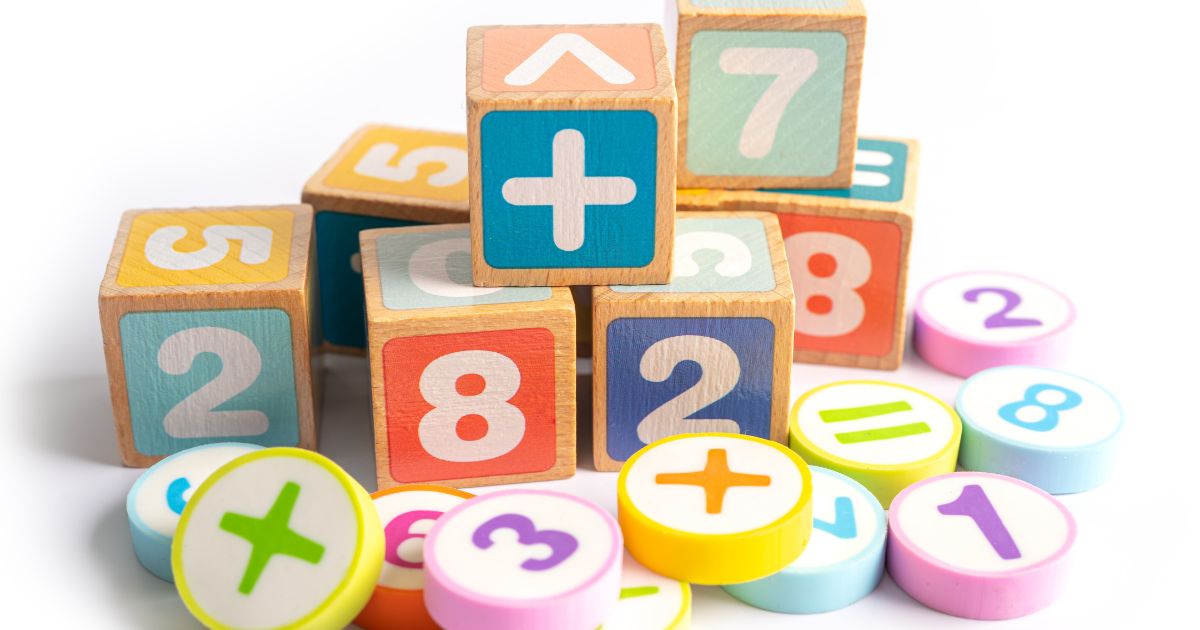
Calculating GPA (Grade Point Average) can sometimes feel confusing or overwhelming. However, with a little understanding of the concept and a few simple steps, you can easily calculate your GPA. Whether you’re a student trying to keep track of your academic progress or a teacher grading your students, this article will guide you through the process effortlessly.
What is GPA?
GPA is a numeric representation of your average academic performance. It provides an overall view of your grades in a particular period, semester, or academic year. It is commonly used by educational institutions to evaluate and compare students’ achievements.
How to Calculate GPA:
Step 1: Identify the grading scale being used, as different scales have different points assigned to grades. Commonly, scales range from 0 to 4 or 5 points, with letter grades such as A, B, C, D, and F.
Step 2: Assign each of your grades a corresponding point value according to the grading scale. For example, A = 4, B = 3, C = 2, D = 1, F = 0.
Step 3: Multiply the point value of each grade by the number of credit hours for the respective course. The result will give you the weighted grade points.
Step 4: Repeat Step 3 for all your courses in a specific period, semester, or academic year.
Step 5: Add up all the weighted grade points obtained from Step 4.
Step 6: Determine the total number of credit hours you have taken in that particular period, semester, or academic year.
Step 7: Divide the total weighted grade points (Step 5) by the total credit hours (Step 6) to get your GPA. It is commonly expressed as a number between 0 and 4 or 5.
FAQ’s:
Q: What if some of my courses are worth more credit hours?
A: In such cases, simply multiply the grade points of those courses by the number of credit hours they carry and add them to the total weighted grade points before dividing to find your GPA.
Q: How does GPA impact my academic progress?
A: GPA reflects your overall academic performance. Some schools or educational institutions require a minimum GPA for admission or to stay enrolled in specific programs.
Q: Can my GPA change over time?
A: Yes, your GPA is dynamic and is affected by every new Grade or credit hours earned. Your GPA might increase or decrease depending on your performance in future courses.
Conclusion:
Calculating GPA is an essential process that allows students and educators to measure academic performance accurately. By following the simple steps mentioned above, you can easily calculate your GPA and have a clear understanding of your progress. So, keep up the hard work, and always strive for better achievements!
Thank you for reading another one of our interesting articles. Whether you are a student, teacher, or academic enthusiast, we hope this guide has helped you in comprehending the calculation of GPA. Stay tuned for future articles packed with helpful insights!





